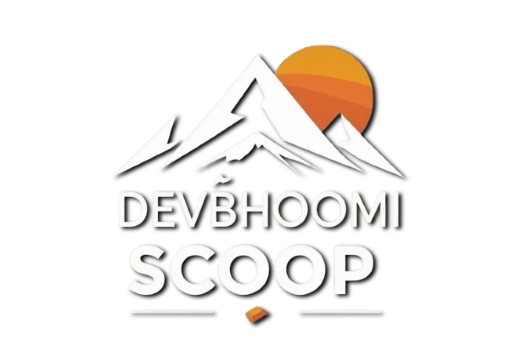
🚀 What is Generative Engine Optimization (GEO)? A New Frontier in Digital Content
Welcome to the future of content marketing! If you’ve been keeping an eye on the evolution of SEO, then you’ll want to know about Generative Engine Optimization (GEO) — the next big wave in search visibility and content strategy.
In this post, we’ll break down what Generative Engine Optimization (GEO) is, how it works, and what it means for your WordPress site.
🧠 What is Generative Engine Optimization (GEO)?
Generative Engine Optimization (GEO) refers to the process of optimizing content to appear in AI-generated answers and outputs produced by large language models (LLMs), such as ChatGPT, Gemini, and Claude.
Unlike traditional SEO, which focuses on search engines like Google or Bing, Generative Engine Optimization (GEO) is about making your content accessible, relevant, and authoritative for AI tools that “generate” answers, rather than just link to them.
🔍 Traditional SEO vs. GEO
| Feature | Traditional SEO | Generative Engine Optimization (GEO) |
|---|---|---|
| Target | Search Engines (Google, Bing) | AI Systems (ChatGPT, Gemini, Claude) |
| Goal | Rank on SERPs | Be referenced or cited by AI |
| Optimization Focus | Keywords, metadata, backlinks | Structured data, clarity, semantic relevance |
💡 Why Does GEO Matter?
AI models are becoming a primary source of information for millions of users. People are skipping search engines and going straight to ChatGPT for answers.
If your content isn’t GEO-optimized, it might be invisible to this new wave of information-seeking.
📈 Benefits of GEO:
- Appear in AI-generated responses
- Increase brand visibility without relying on Google rankings
- Build topical authority and trust
- Future-proof your content strategy
🛠 How to Optimize for GEO in WordPress
Let’s explore how you can GEO-optimize your content using WordPress best practices:
1. Write With Clarity and Purpose
AI models thrive on clear, concise, and semantically rich content. Structure your posts with:
- Short paragraphs
- Simple language
- Direct answers to common questions (FAQ-style)
2. Use Structured Data and Schema Markup
GEO-friendly content is easier to extract when it’s properly marked up. Use plugins like:
- Yoast SEO or Rank Math to enable FAQ and How-To schema
- Schema Pro for custom markup
3. Create Authoritative, Fact-Based Content
AI tools prefer citing accurate, well-sourced information. Include:
- External credible links
- Stats with references
- Quotes from experts
4. Build Topical Authority
Cover a topic deeply and consistently. AI prefers domains that demonstrate:
- Expertise (E)
- Authoritativeness (A)
- Trustworthiness (T) — yes, that’s Google’s E-E-A-T, but it applies here too!
5. Optimize for Conversational Queries
Many users ask AI tools natural, question-based queries. Include:
- FAQs
- How-tos
- “What is…” and “How does…” style headings
6. Stay Updated with AI Capabilities
AI is changing rapidly. Stay current with how models like GPT-4, Gemini, and others process and cite sources. They favor:
- Up-to-date content
- Evergreen answers
- Clear sourcing (e.g., author bios, publication dates)
🔮 The Future of GEO: Where is it Going?
GEO is still in its early stages, but it’s growing fast. Platforms like ChatGPT are testing ways to include citations, links, and direct traffic to websites, which could be a game-changer for digital marketers and WordPress site owners alike.
Think of GEO as the SEO of the AI era — the sooner you embrace it, the more visibility and authority you’ll gain in the evolving digital landscape.
🚀 Final Thoughts
Generative Engine Optimization isn’t just a buzzword — it’s the logical next step for any brand serious about content visibility. Whether you run a blog, an eCommerce store, or a digital agency on WordPress, GEO should be part of your strategy going forward.
Start by writing clearly, structuring wisely, and thinking ahead.
Got questions or need help optimizing your WordPress site for GEO? Drop a comment below or get in touch — we’d love to hear from you! 💬👇
